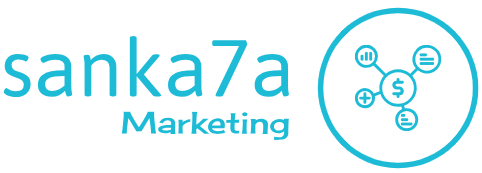Key Takeaways:
- Dubai offers diverse business jurisdictions, including mainland and free zones, each with distinct advantages.
- Understanding your business activity and choosing the right legal structure are crucial first steps.
- Thorough documentation and adherence to licensing requirements are essential for a smooth setup.
- Consider the benefits of specific free zones like SPC Free Zone in Dubai for tailored business environments.
Dubai, a global hub for innovation and commerce, continuously attracts entrepreneurs and investors seeking to establish a strong presence in the Middle East and beyond. The strategic location, world-class infrastructure, and pro-business policies make Business setup in Dubai an increasingly appealing prospect. However, navigating the intricacies of company formation can be complex without a clear understanding of the process. This article provides a comprehensive guide on how to begin your Business setup in Dubai, ensuring a smooth and successful launch for your venture.
Understanding Your Options for Business setup in Dubai
The first crucial step in Business setup in Dubai is to determine the appropriate jurisdiction for your company. Dubai essentially offers two primary types of jurisdictions: Mainland and Free Zones. Each comes with its own set of regulations, benefits, and limitations, making the choice dependent on your business activities and strategic goals.
Mainland companies are registered with the Department of Economic Development (DED) and are permitted to conduct business directly within the UAE local market and internationally without restrictions. Historically, mainland companies required a local Emirati sponsor holding 51% ownership, but recent reforms have allowed 100% foreign ownership for many commercial and industrial activities, significantly enhancing their appeal to international investors. This flexibility makes mainland company formation ideal for businesses that intend to target the domestic market or open multiple branches across the UAE.
On the other hand, Free Zones are designated economic areas designed to promote specific industries and offer various incentives. There are over 40 free zones in the UAE, many located in Dubai, such as Jebel Ali Free Zone (JAFZA), Dubai Multi Commodities Centre (DMCC), and Dubai Airport Free Zone (DAFZA). These zones typically offer 100% foreign ownership, 0% corporate and personal income tax, 100% repatriation of capital and profits, and simplified customs procedures. However, free zone companies generally have restrictions on directly trading within the UAE mainland and often require a separate distributor or agent for mainland operations. A prominent example is the SPC Free Zone in Dubai, known for its focus on media, publishing, and creative industries, offering a streamlined process and tailored facilities for businesses in these sectors.
Choosing the Right Business Activity and Legal Structure for Business setup in Dubai
Once you’ve decided on the jurisdiction, the next critical phase in Business setup in Dubai involves defining your business activity and selecting the most suitable legal structure. Dubai’s Department of Economic Development and various free zone authorities provide extensive lists of permissible business activities, ranging from commercial trading and professional services to industrial manufacturing and e-commerce. It is essential to precisely identify your intended activities as this will dictate the …






![Everything You Need to Know Hermes’ [Bag Name] Everything You Need to Know Hermes’ [Bag Name]](https://images.unsplash.com/photo-1507666664345-c49223375e33?fm=jpg&q=60&w=3000&ixlib=rb-4.0.3&ixid=M3wxMjA3fDB8MHxzZWFyY2h8MTN8fGhlcm1lcyUyMHBhcmlzJTIwYmFnfGVufDB8MHwwfHx8Mg%3D%3D)













